Fujinon XF 100-400mm F4.5-5.6 R LM WR OIS Review
Dustin Abbott
January 30th, 2023
For a while the Fujinon XF 100-400mm F4.5-5.6 R LM WR OIS was the only pro-grade long telephoto zoom on the XF platform along with being the lens that had the longest reach on the platform. That changed with the debut of the Fuji 150-600mm, which I reviewed here. Other options include the standard 70-300mm (my review here) and the premium XF 200mm F2 lens (my review here). I loved the latter lens, but at a price tag of $6000 USD, it obviously isn’t for everyone. Fuji now has two pro-grade telephoto zooms that are only priced about $100 apart, with the 100-400mm coming in at roughly $1900 USD and the 150-600mm coming in at $2000 USD. While it might seem (on paper) that the newer 150-600mm is the logical choice (more reach, newer design, flashier finish), the decision is actually a little more nuanced than that. The 100-400mm is an externally zooming design while the 150-600mm is an internally zooming design, and while you can debate which approach is better, there’s no question that the 100-400mm provides a MUCH more compact package for storage and transport.
The XF 100-400mm offers some serious reach with its 152-609mm full frame equivalent zoom range which can be stretched even further by the use of either the Fujinon XF 1.4x (213mm-853mm full frame equivalent) or 2X TCs (305mm-1,219mm). Maximum aperture at the telephoto end will be either F8 (1.4x TC) or F11 (2.0x TC) with the teleconverter attached. Even in the native range, however, this is a nicely flexible focal range, going from this at 100mm:
to this at 400mm:
One area where the 100-400mm has a definitive advantage over the 150-600mm is when it comes to maximum aperture. The 100-400mm is faster/brighter at every point throughout the zoom range. At 100mm, the maximum aperture is f/4.5, at 200mm, it’s f/5, at 300mm, it’s f/5.2, and at 400mm, it’s f/5.6. Interestingly, the lens only reaches that smallest maximum aperture at about 350mm, so that’s a solid amount of brightness for this type of lens. By contrast, the 150-600mm has a smaller maximum aperture than F5.6 from 183mm on, and at 400mm it is F7.1. On average the 100-400mm is about 2/3rds stop brighter across the shared zoom range, which could be a real factor if your photography involves less than idea lighting conditions.
That, along with the more compact size, may be enough to keep bringing some potential buyers back to the older lens (it was released in February 2016). Fuji definitely plans to keep selling it, so they clearly believe that people will keep buying it. We’ll try to highlight both the strengths and weaknesses of the lens in this review to help you make an informed decision. If you would prefer to watch your reviews, you can choose watch my definitive video review below…or just keep reading.
Check me out on: My Patreon: | Google+: | Facebook: | Twitter: | Flickr: | 500px: | Sign Up for My Newsletter :
Follow Me @ YouTube | Patreon | Instagram | Facebook | DA Merchandise | Flickr | 500px Thanks to Fujifilm Canada for loaning me the X-T5 and lenses for this review. As always, this is a completely independent review and my conclusions are my own.
Fuji XF 100-400mm Build and Handling
Fuji likes to essentially build the feature list of their lenses right into the name, so if you learn to “speak Fuji” you can quickly get a sense of what a lens does and does not have right from the name. In this case, the name includes R, LM, WR, and OIS, which is a pretty much all of them!
- R = Ring, or specifically an aperture ring.
- LM = Linear Motor, Fuji’s premium focus system (we have 2 LMs here)
- WR = Weather Resistance (13 seal points)
- OIS = Optical Image Stabilization, or in lens stabilization (rated at 5 stops)
This a premium lens despite being finished in the traditional black rather than the new “silver matte” that Fuji has used on its more recent premium telephotos. I personally like the new silver matte finish, myself, but I know that plenty of people prefer the more discreet black finish.
This is a reasonably compact lens for the focal range. It is fairly narrow at 94.8mm (3.73″) with a common filter thread of 77mm, and the length is 210.5mm (8.29″). That’s a good 4″ shorter than the 150-600mm, though the XF 100-400mm will extend an additional 57.mm when fully zoomed out to 400mm.
My loaner copy has seen a fair bit of use, and I did note that the lens was really susceptible to zoom creep, which is was almost immediate if I carried the lens on a strap or harness. I couldn’t even demonstrate it standing upright with the lens extended because it would immediately retract back to 100mm. There is a locking mechanism, but it can only be engaged at 100mm. You’ll want to use it if you don’t want to see that zoom creep, which is one potential advantage for the internally zooming 150-600mm.
The weight of the XF 100-400mm is fairly standard for a lens this size as it tips the scales at 1375g (3.03 lb). That’s more than 500g (about 1.1 lb) lighter than the Sony. There’s a mix of metals and engineered plastics in the design, and the lens is obviously tough and durable (my older review copy still looks good and functions well). Here’s a look at how the overall specifications of the XF 100-400mm compares to the Fuji alternatives.
The most surprising addition here (at least to me) is the inclusion of an aperture ring. Most other brands do not include an aperture ring on zoom lenses, but we’ve got a narrow aperture ring here in between the bank of switches and the zoom ring. The aperture ring moves nicely with defined detents but doesn’t have any markings due to the fact that this is a variable aperture lens. You’ll have to track aperture changes from within the camera, and if you want to move into A (automatic) mode and control aperture from within the camera you’ll do so via the second switch down in the bank of switches. It switches between the aperture ring and automatic (in camera) control.
There are two other switches here. The first is a two-position focus limiter (Full and limited from 5M to ∞), while the bottom switch is an On/Off for the OIS. There are no further controls for OIS modes, though Fuji says the lens will automatically sense when a panning motion is taking place and shut off one axis of stabilization. The optical stabilizer here is rated up to 5 stops and does a good job of holding the viewfinder steady even at 600mm. I was using the lens on the Fujifilm X-T5, which has very good in body image stabilization (IBIS), so it is hard to know where one stabilization ends and the other begins, but I was able to consistently get good results at 400mm and 1/8th second, which (considering the effective focal length of over 600mm) is a good 6 stops of assistance. The results were consistently good enough to let me know that I could push even further if need be.
As noted, this is an externally zooming lens. The zoom ring moves smoothly and the zoom action was fairly light. The manual focus ring moves nicely, though not quite as smooth as the new 150-600mm.
The XF 100-400mm has a thorough weather sealing with a total of 13 seal points, including the rear gasket, internal seals, and a fluorine coating on the front element.
The included lens hood has a lock on it plus a sliding window for rotating a circular polarizing filter if you have one mounted.
The tripod collar can be loosened via a knob and easily rotated. There are markings at the four points of the compass but no detents. The tripod foot is quite small and is too close to the lens barrel to be particularly useful for carrying the lens. The foot is NOT Arca-swiss compatible (unlike the one on the new 150-600mm), which means it is not designed to be able to go right onto a tripod without a quick release plate. I strongly prefer having an Arca-swiss compatible foot.
The tripod collar itself is fully removable via two tension knobs near the tripod foot.
You can focus as closely as 1.75 meters (not particularly close) and get a 0.19x magnification, which falls short of the 0.24x you can get on the 150-600mm. Here’s what the magnification at MFD looks like:
Up close performance is fairly good, with decent detail and contrast along with a nicely flat plane of focus.
The build and design here is nice, but the lens does feel a little dated when compared with the more modern 150-600mm.
Fujinon XF 100-400mm Autofocus Performance
The Fujinon XF 100-400mm comes equipped with a dual linear focus motors to provide fast and quiet autofocus. I did some tracking tests side by side with the new 150-600mm and found that there really wasn’t any noticeable difference in focus speed or tracking accuracy between the two lenses. I saw good focus accuracy even if my subject turned away from the camera and the eye had to be tracked in profile.
Here’s another sequence of images from my runner.
I also had good accuracy when walking around with the lens, even if I was shooting a strongly backlit, this subject like this:
…or in shooting a narrow depth of field shot from a distance like this:
I also had zero issues with eye detect on my animal subjects.
I also shot some pick-up basketball in a field house with only moderately decent lighting. This required jacking the ISO up to 3200 range, but I was able to get accurately focused results of the action.
This isn’t a “fast” lens in terms of maximum aperture, but it’s much faster than what the 150-600mm is, so might be a better choice for gym sports if your budget doesn’t go to the very expensive 200mm F2 and you need more reach than the 50-140mm F2.8 will provide. I would have had to be shooting at ISO 6400 to get similar exposure results with the 150-600mm.
Autofocus performance seemed just fine to me. There’s enough speed and torque to get near instant focus changes with a minimum of noise and fuss.
Fuji XF 100-400mm Image Quality Breakdown
The Fuji XF 150-600mm has a fairly complex optical formula of 21 elements in 14 groups, which includes 5 ED and 1 super ED elements. A look at the MTF charts shows a pretty consistent performance between the wide and telephoto ends, with a near perfect center performance and a relatively mild dip towards the edges of the frame, though at 400mm the edges of the frame are actually a little better than the mid-frame.
I tested the lens on the punishing 40MP sensor of the X-T5, and that kind of resolution/pixel density is pretty unforgiving. It’s always interesting to test older lenses on new cameras with much high resolution levels than those that existed at the time the lens was released.
Fuji’s correction profiles are typically quite good, but I’ll turn them off to take a look at the actual lens performance when it comes to vignette and distortion. First at 100mm, then200mm, and then 400mm:
There’s more distortion and vignette than what I saw on the 150-600mm, but neither is there anything heinous being hidden by that profile. There’s some pincushion distortion throughout the zoom range, with more on the wide and medium range than at the telephoto end, though there’s a bit more vignette on the telephoto end. You can see that the correction profiles do a great job of cleaning everything up. There’s nothing I’m too concerned about here.
I also say little in the way of chromatic aberrations. These frost covered branches with a lot of sun pouring through them could certainly sport some longitudinal CA, but I don’t see any fringing here.
I also don’t really see any lateral CA in the branches along the edges of the frame here:
Good news thus far. Let’s move onto resolution and contrast. Here’s a look at my test chart that the crops will come from (40MP images from the X-T5):
If we take a look at the crops (about 175% magnification) at 100mm, F4.5, from the center, mid-frame, and corner:
What we find is a nicely consistent performance. The image quality looks quite good across the frame.
Unlike the 150-600mm, we have a little bit of room to stop the lens down before diffraction hits. In theory, diffraction starts on a camera like the X-T5 somewhere around F6.3. The effects of diffraction can start to cause some softening of the image and a reduction of contrast that increases as the aperture becomes smaller (for more on this, see this article). Most lenses achieve their maximum sharpness when stopped down a bit (on average I find that peak sharpness across the frame arrives about two stops down from maximum aperture. A lens with a maximum aperture of F2.8, for example, will often peak in sharpness around F5.6. There’s always some variation from lens to lens, obviously, but this will work as a rule of thumb. If you are shooting with one of the lower resolution bodies (24 or 26MP), you’ll have more flexibility on this (diffraction starts at F8 or slightly smaller for these bodies). Since this lens is a little brighter than the 150-600mm we can stop it down a bit and see some improvement. You can see some increased sharpness and contrast at F5.6:
A similar gain can be seen across the frame.
F8 arrives after diffraction starts to limit contrast, so F5.6-F6.3 represents the peak performance on the 40MP bodies. Minimum aperture is F22, but image quality has been very impacted by diffraction by that point.
At 200mm the maximum aperture is F5 and results are just a little softer than what we saw at 100mm across the frame. There’s a very mild improvement at F5.6, but I felt like the peak performance here was at F8. You can see from the opposite corner at F8 that the image is clearly improved over the wide open result.
When composed in the sweet spot, though, the lens can deliver impressive real world results wide open. Here’s a shot of Nala at 211mm, F5 that looks very crisp despite my having to shoot at ISO 6400 to get the shutter speed I needed.
At 300mm the results are fairly similar to what I saw at 200mm, though the maximum aperture is F5.2 rather than F5. That gives us a little less room to stop down before diffraction hits, but I still thought that F8 was pretty much the peak performance here.
At 400mm the maximum aperture is F5.6. I was curious to see if I saw the dip in midframe and improvement to the corners that the MTF suggested. I didn’t really see it, actually, but I wasn’t particularly blown away by my test results at 400mm in general.
I felt like some of my real world results at 400mm were stronger, like this shot:
…or this one:
The quality of the bokeh on the XF 100-400mm is going to vary from scenario to scenario. At 400mm and at closer to medium distances it is possible to completely compress and blur the background, as here:
With a bit shorter focal range (170mm here) and a similar distance, you’ll see more of the background and it won’t look as creamy.
I didn’t see anything “magical” about the overall bokeh rendering, but neither did I see anything objectionable, either. We’ll call it average.
I often find that Fuji glass has very nice color performance, and that is the case here. Colors were rich and yet natural and I generally liked the “global” look of images.
There’s not necessarily any area where I felt the XF 100-400mm is outstanding, optically, but neither did I feel it had any glaring fault. Check out the image gallery to see more of those images for yourself and to draw your own conclusions from them.
Conclusion
The Fujinon XF 100-400mm F4.5-5.6 R LM WR OIS is no longer a new lens, but neither is it completely outclassed by the new 150-600mm OIS. There’s definitely some give and take between the two, and while I prefer the handling and new features of the 150-600mm, the XF 100-400mm offers the faster maximum aperture and smaller form factor that some photographers will prefer. The dual linear focus motors benefit from the improved autofocus capabilities of Fuji’s most recent cameras, and the lens has never focused better.
While the handling of the lens feels a little dated at this point, there’s no question that it is nicely made and is clearly durable. That’s important for the kind of person who needs a lens like this.
This is a very useful focal range, and while the image quality probably looked better on a lower resolution body, I think there is still enough optical chops to look pretty good on the new high resolution 40MP bodies. This is still a valid telephoto option for a lot of reasons, though some photographers might be tempted by the Tamron 150-500mm that costs less, has more reach, and is about the same size (though a bit heavier). Decisions, decisions…
Pros:
- Compatible with teleconverters for even more reach
- Fairly compact package
- Autofocus from dual linear motors is snappy and accurate
- Robust weather sealing
- Colors are very rich
- Low levels of chromatic aberrations
- Fairly nice bokeh
- Faster maximum aperture than 150-600mm lens
Cons:
- Tripod collar foot is not Arca-compatible
- Susceptible to zoom creep
- Sharpness levels aren’t amazing on newer high resolution bodies
Gear Used:
Purchase the Fujinon XF 100-400mm OIS @ B&H Photo | Amazon | Camera Canada | Amazon Canada | Amazon UK | Find it Used at KEH
Purchase the Fujinon XF 150-600mm OIS @ B&H Photo | Amazon | Camera Canada | Amazon Canada | Amazon UK | Find it Used at KEH
Purchase the Fujifilm X-T5 @ B&H Photo | Amazon | Camera Canada | Amazon Canada | Amazon UK | Find it Used at KEH
Purchase the Viltrox Pro AF 75mm F1.2 @ B&H Photo | Amazon | Viltrox (use code DUSTINABBOTT for 10% off) | Amazon Canada | Amazon UK | Pergear Store
Purchase the Fujifilm X-T4 @B&H Photo | Amazon | Amazon Canada | Amazon UK | Amazon Germany | Ebay
Purchase the Fujifilm X-S10 @ B&H Photo | Amazon | Camera Canada | Amazon Canada | Amazon UK | Amazon Germany | Ebay
Want to support this channel? Use these affiliate links to shop at: B&H Photo | Amazon | | Camera Canada | Ebay | Make a donation via Paypal
Buy DA Merchandise https://bit.ly/TWIMerch Peak Design Leash Strap: Peak Design Store | B&H Photo | Amazon | Amazon Canada | Amazon UK Adobe Photoshop Creative Cloud 1-Year Subscription Get a discount off all Skylum Editing Software (Luminar, Aurora HDR, AirMagic) by using code DUSTINHDR at checkout: Visit Dustin’s Amazon Storefront and see his favorite gear Purchasing your gear through B&H and these links helps fund this website and keeps the articles coming. You can also make a donation here if you would like. Visit my Amazon page for some of my gear of choice! Thank you for your support.  Purchasing your gear through B&H and these links helps fund this website and keeps the articles coming. You can also make a donation here if you would like. Visit my Amazon page for some of my gear of choice! Thank you for your support.
Purchasing your gear through B&H and these links helps fund this website and keeps the articles coming. You can also make a donation here if you would like. Visit my Amazon page for some of my gear of choice! Thank you for your support.
Receive a 5% discount on all purchases at Amplis Foto, Canada’s Leading Photographic Supplier. Please enter discount code: AMPLIS52018DA in your cart. It is good for everything in your cart, and is stackable with other coupons, too! It will take 5% off your entire order! Proceeds go towards keeping this site going and providing you with new reviews!
Use Code “DUSTINHDR” to get $10 off ($15 CDN) any Skylum product: Luminar, Aurora, or AirMagic
Keywords: Fuji 100-400, Fuji 100-400mm, Fujinon 100-400, Fuji 100-400 Review, Fujinon XF 100-400mm, R, WR, OIS, LM, Review, Fujifilm, X-T5, Fuji X-T5, X-T5 Review, Fuji X-T5 Review, Fujinon, Dustin Abbott, Review, Sensor, Tracking, IBIS, Stabilization, Eye AF, 150-600mm, XF, Review, Hands On, Video Test, Sharpness, High ISO, Autofocus, Dynamic Range, 40MP, 40 MP, Lens, Comparison, Test, Dustinabbott.net, APS-C, X-Trans, letthelightin, DA
DISCLAIMER: This article and description contains affiliate links, which means that if you click on one of the product links, I’ll receive a small commission. As an Amazon Associate I earn from qualifying purchases.










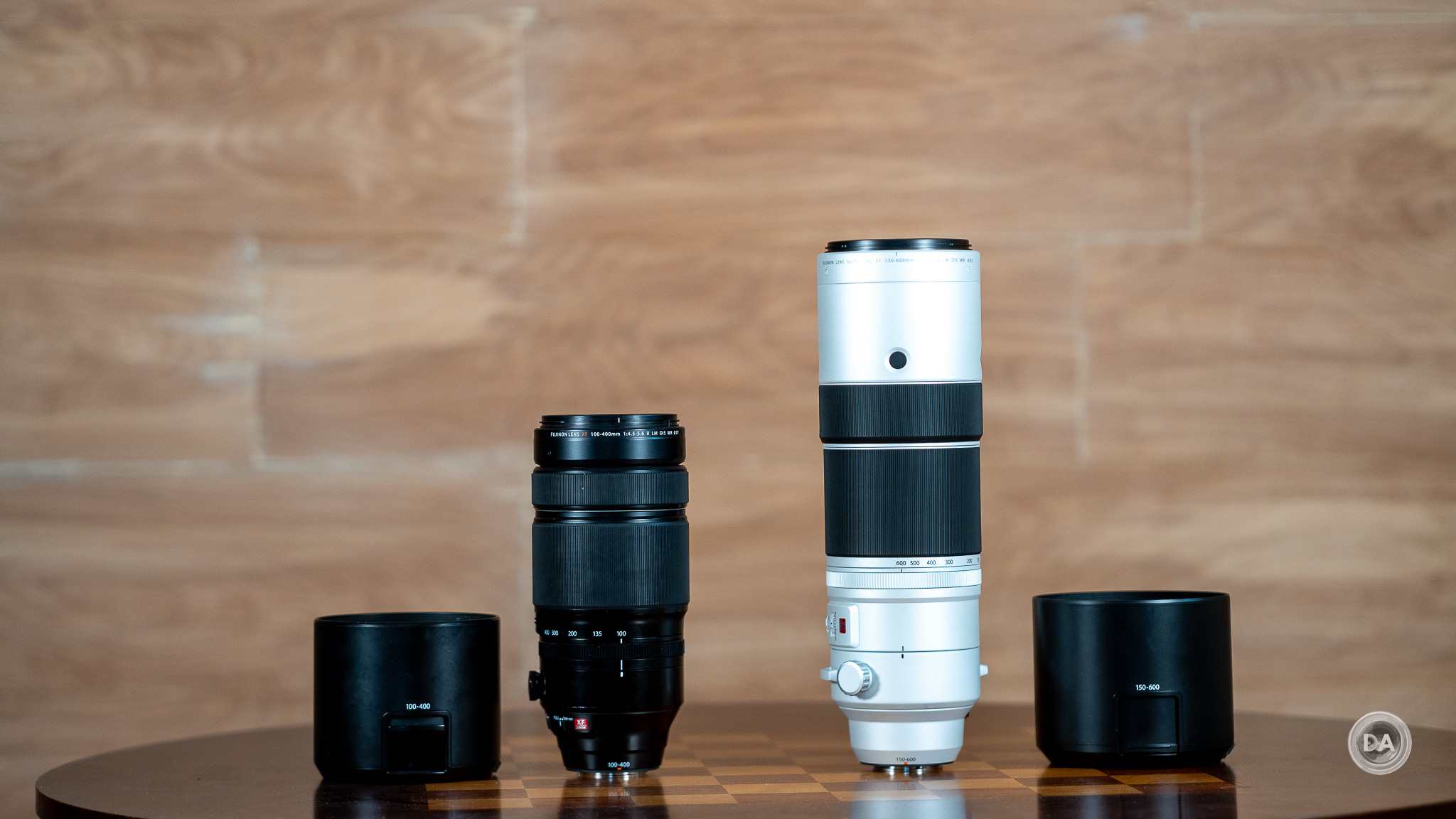

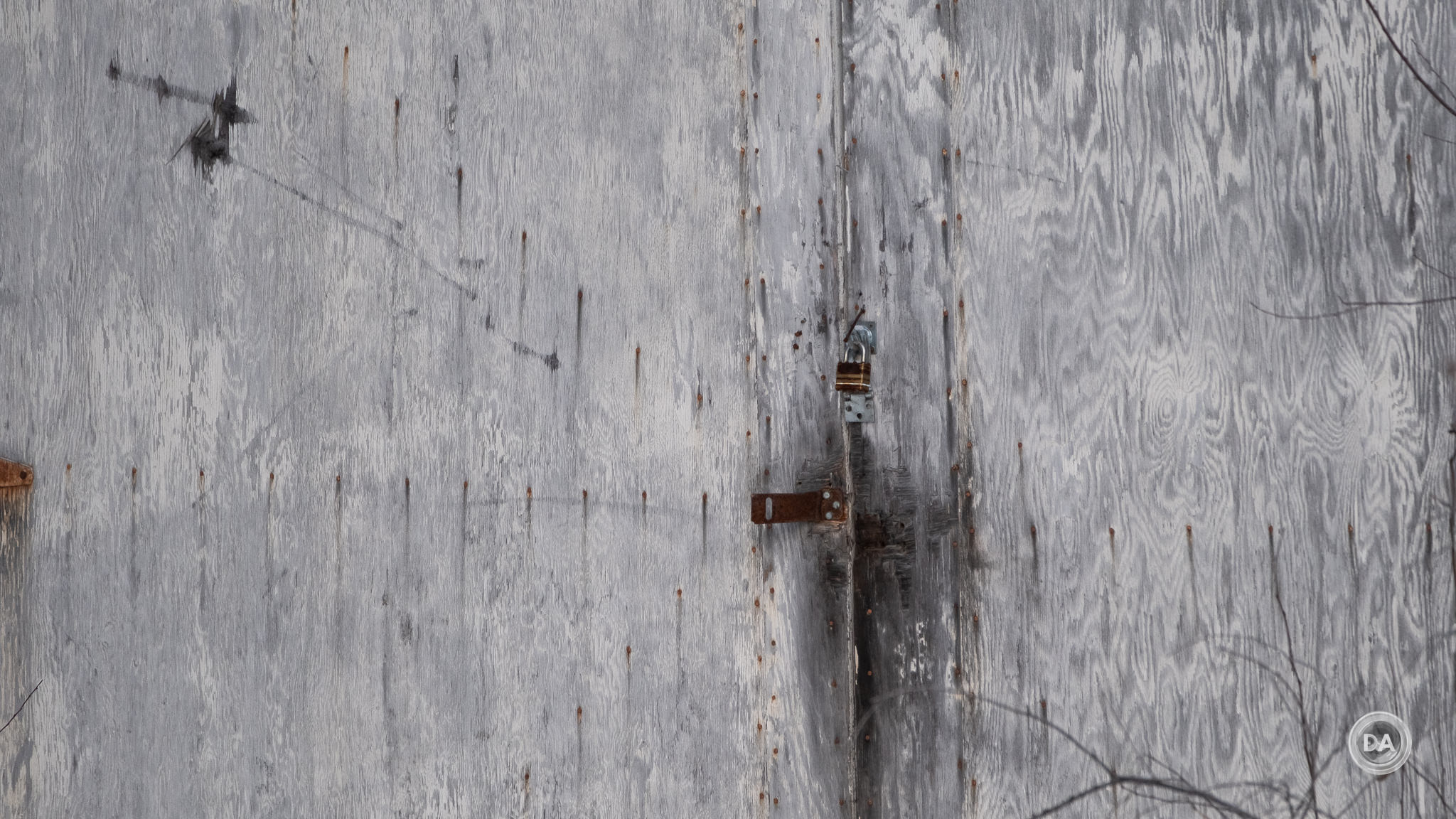

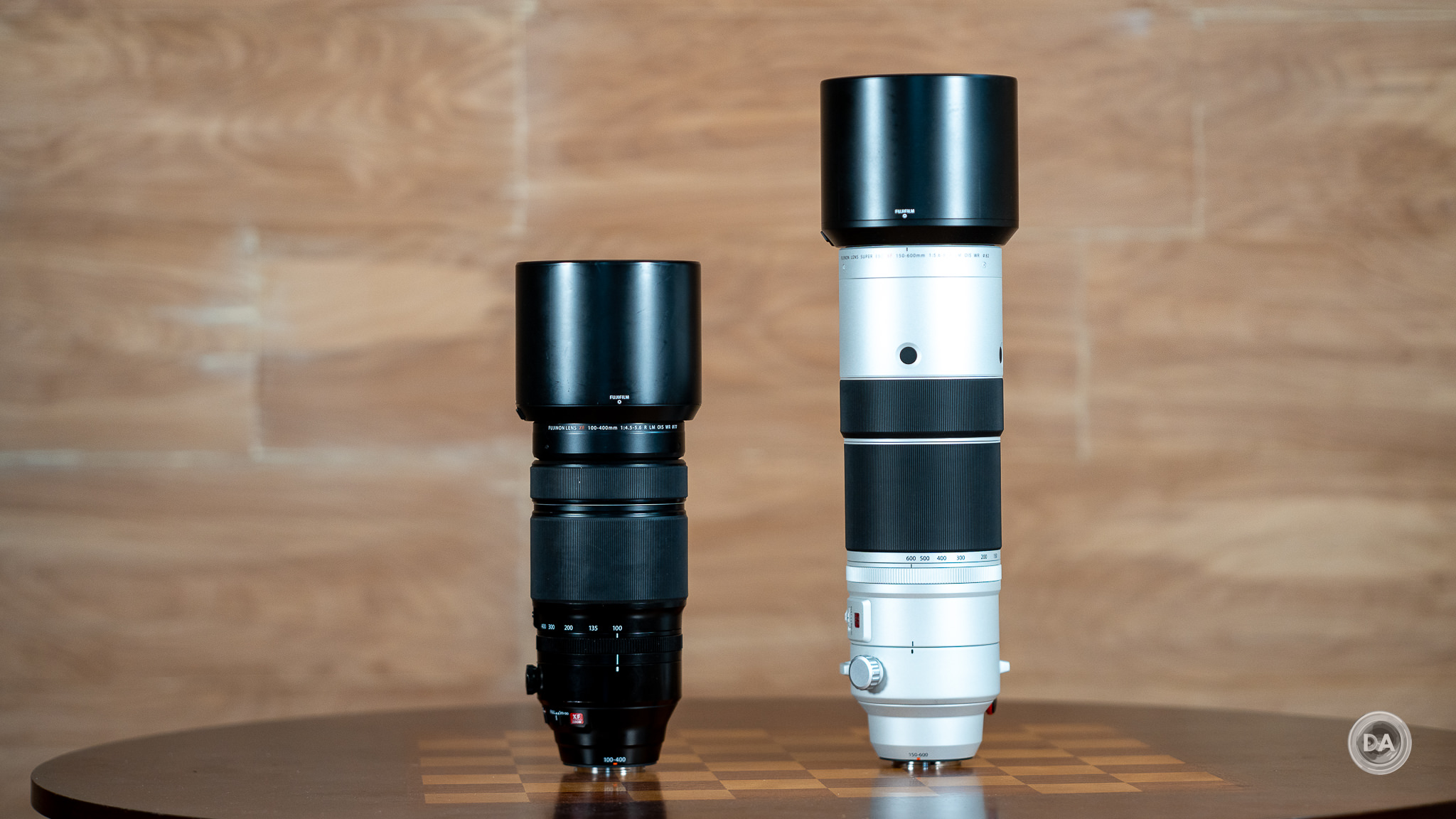

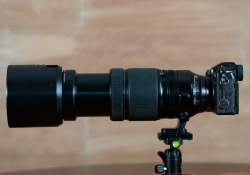
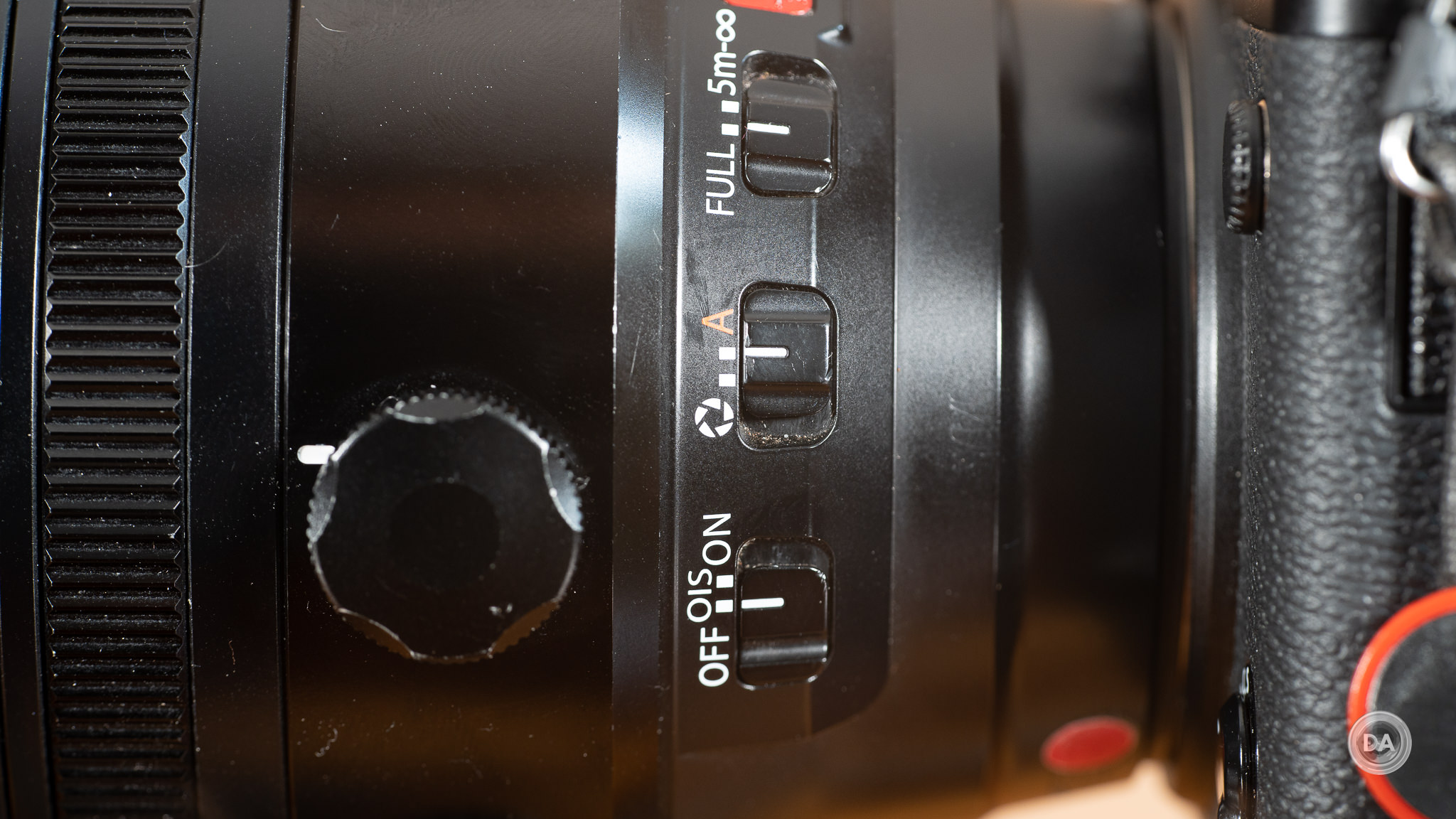
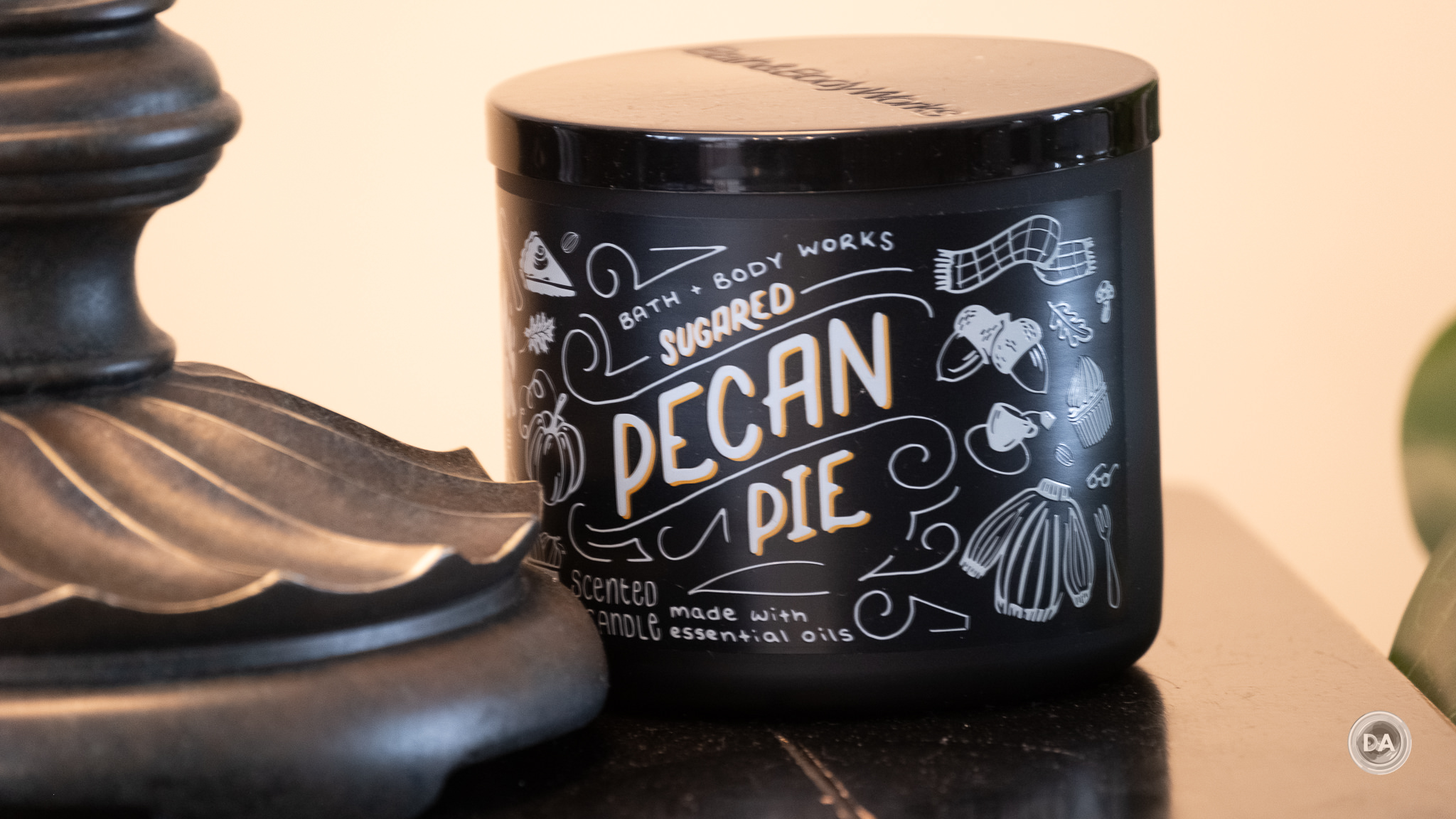

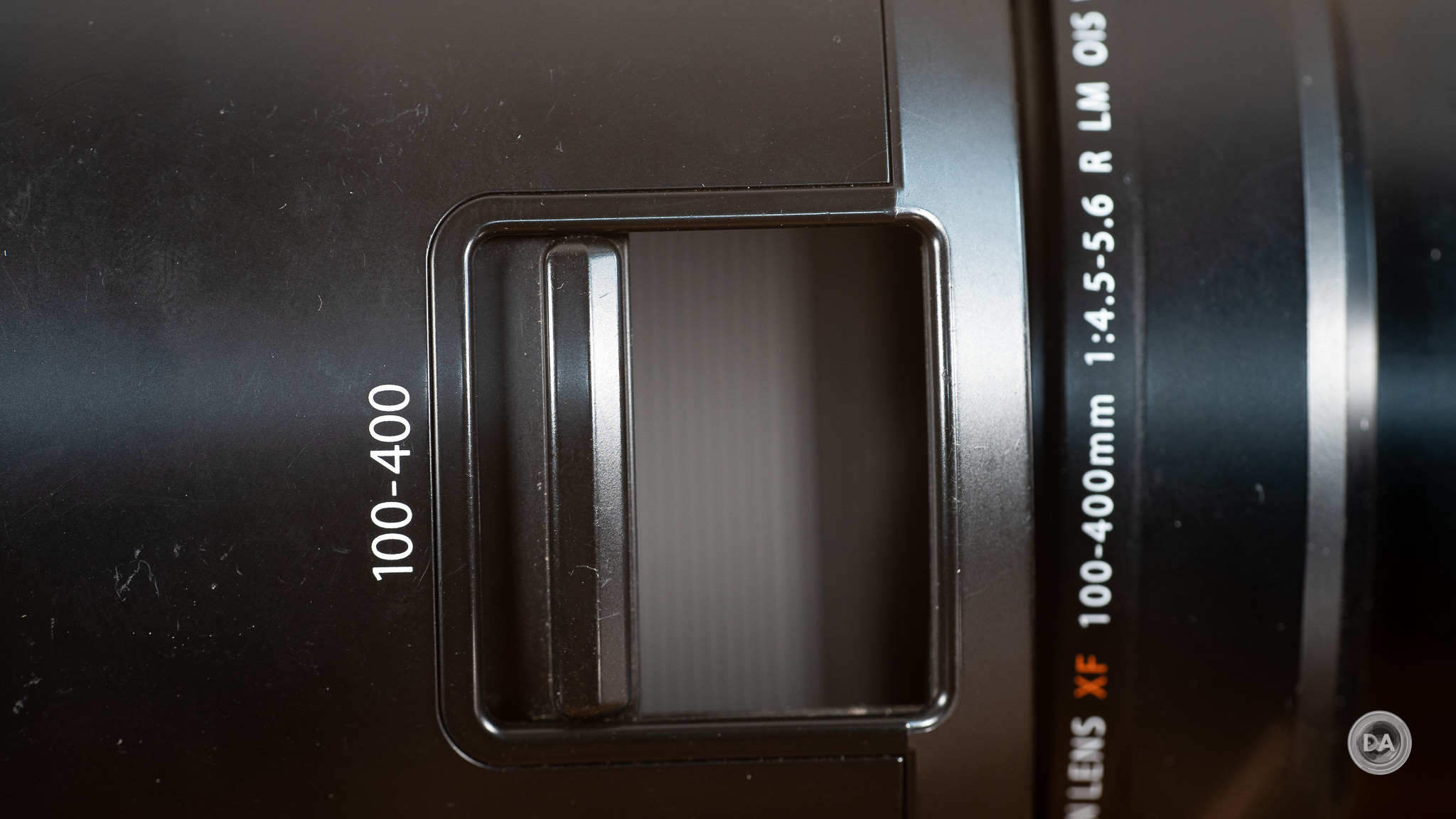
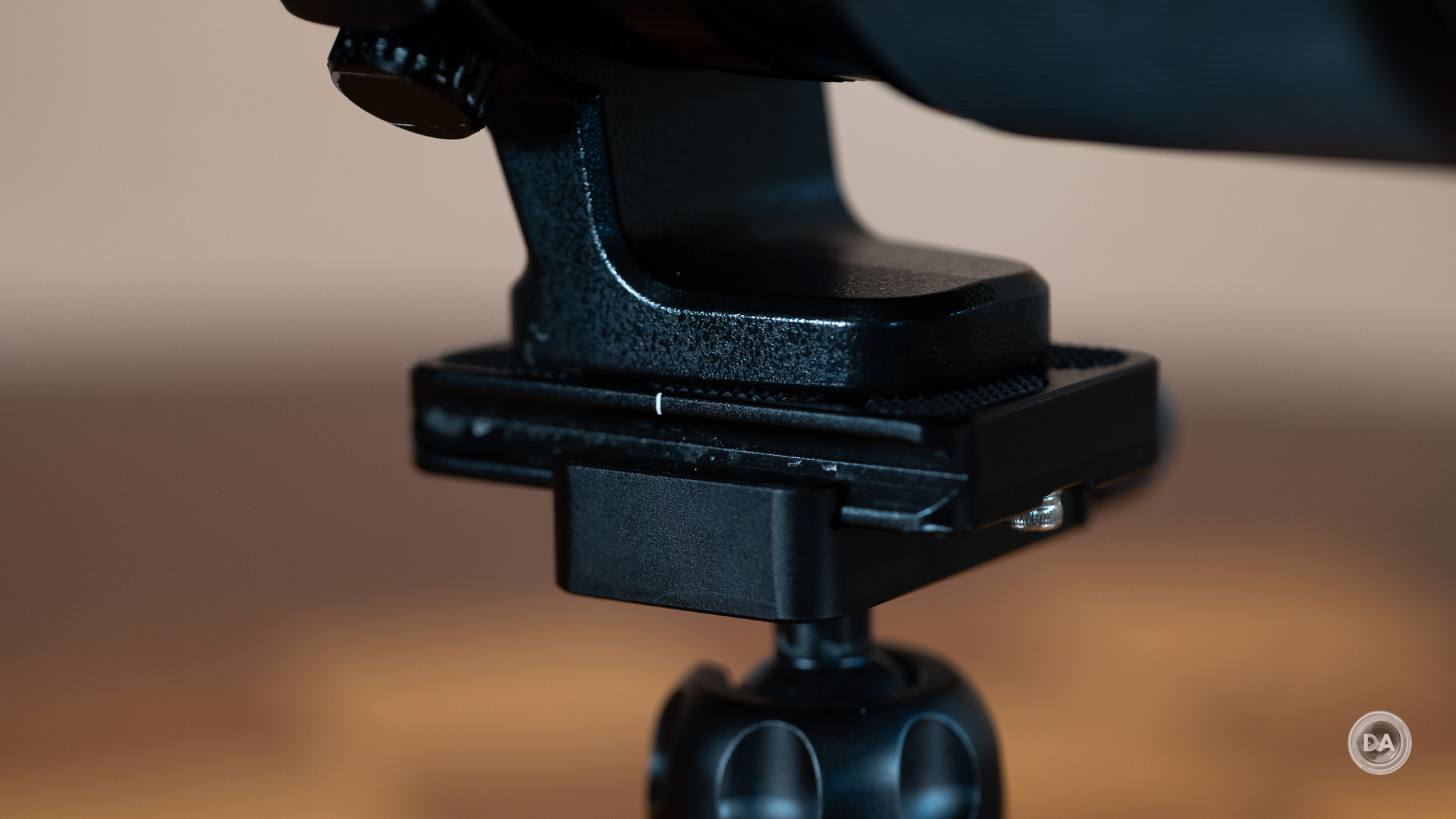
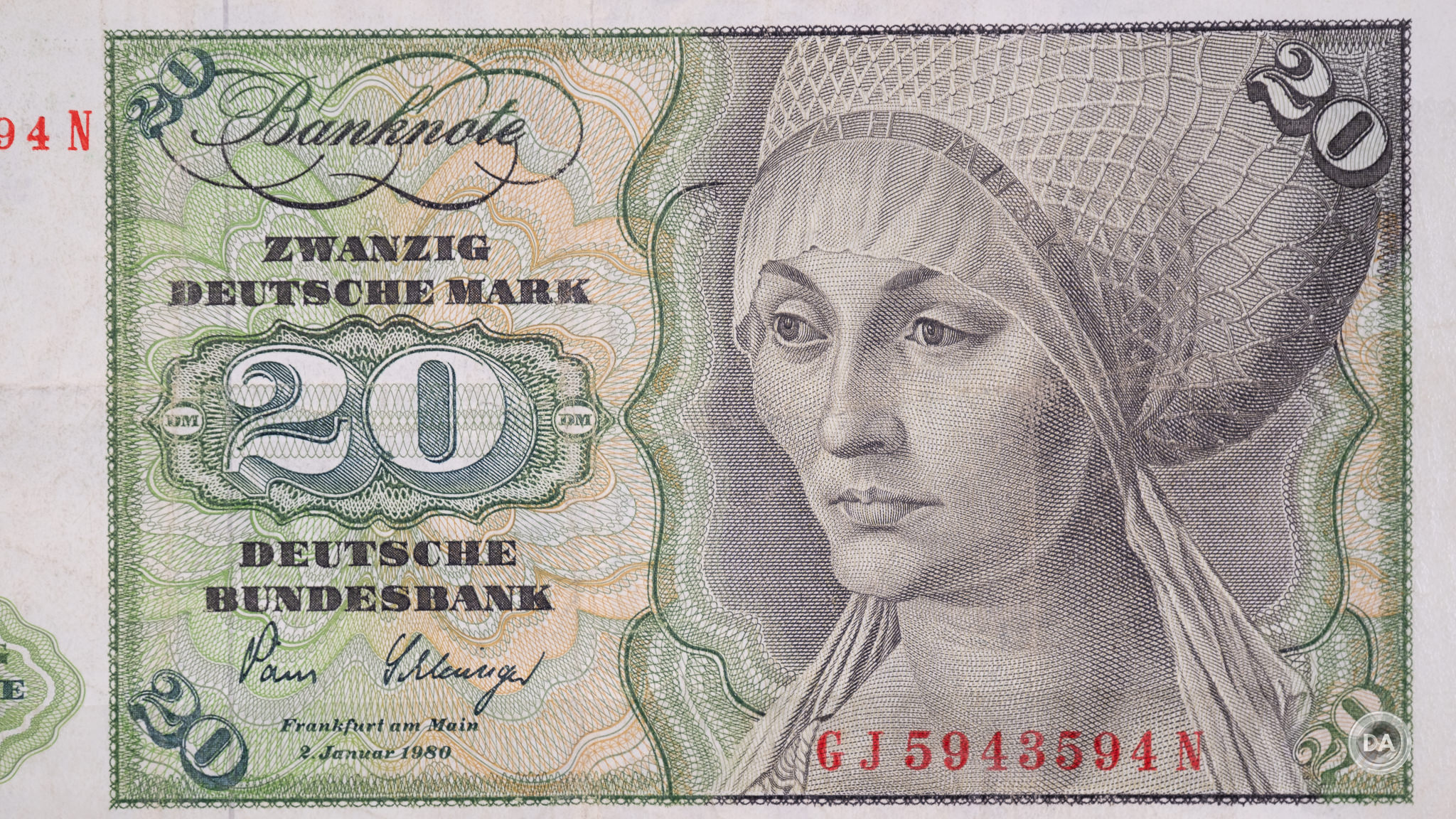

















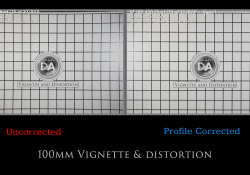
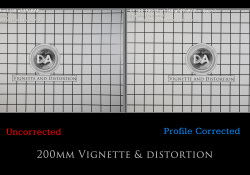




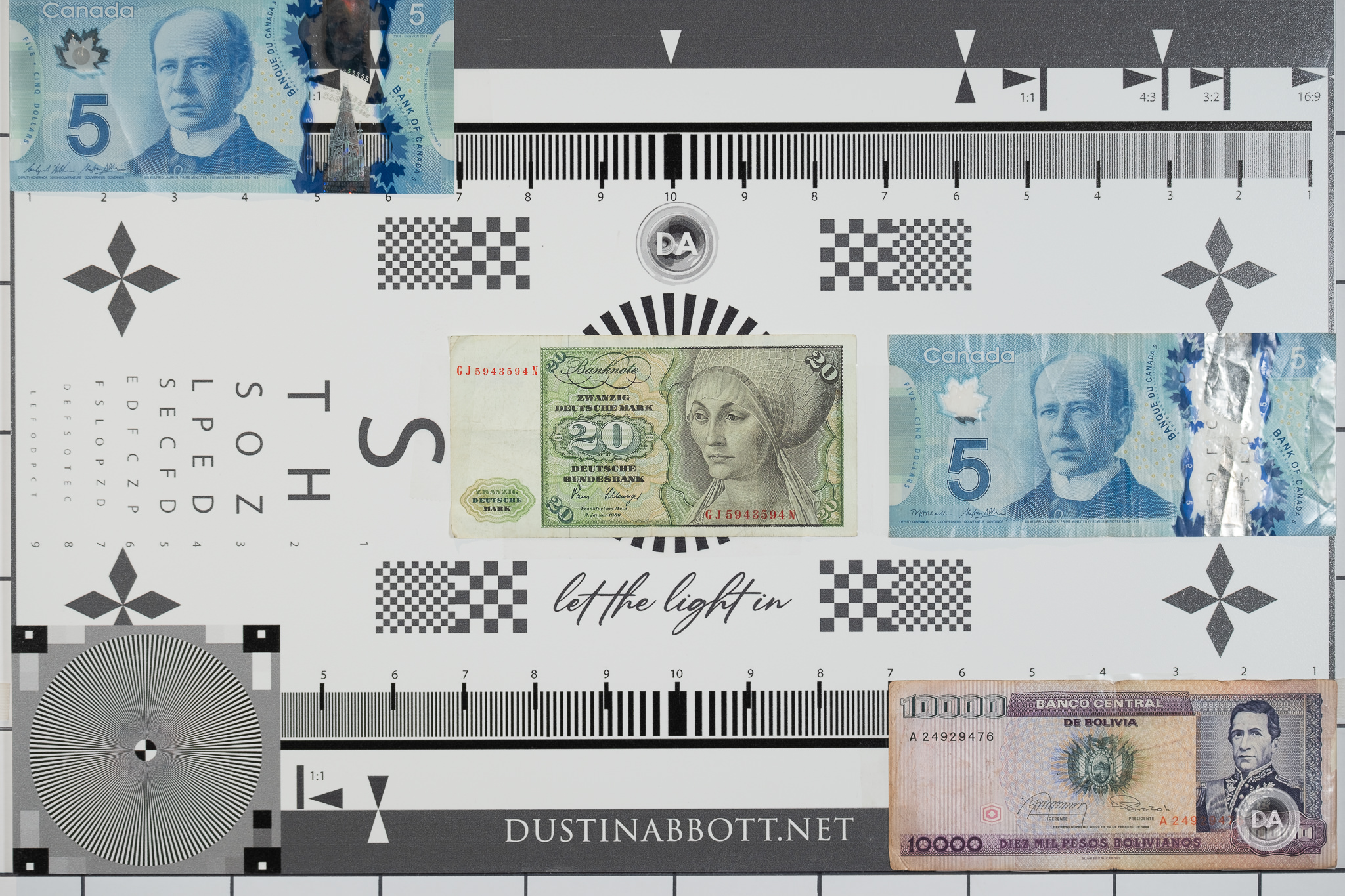



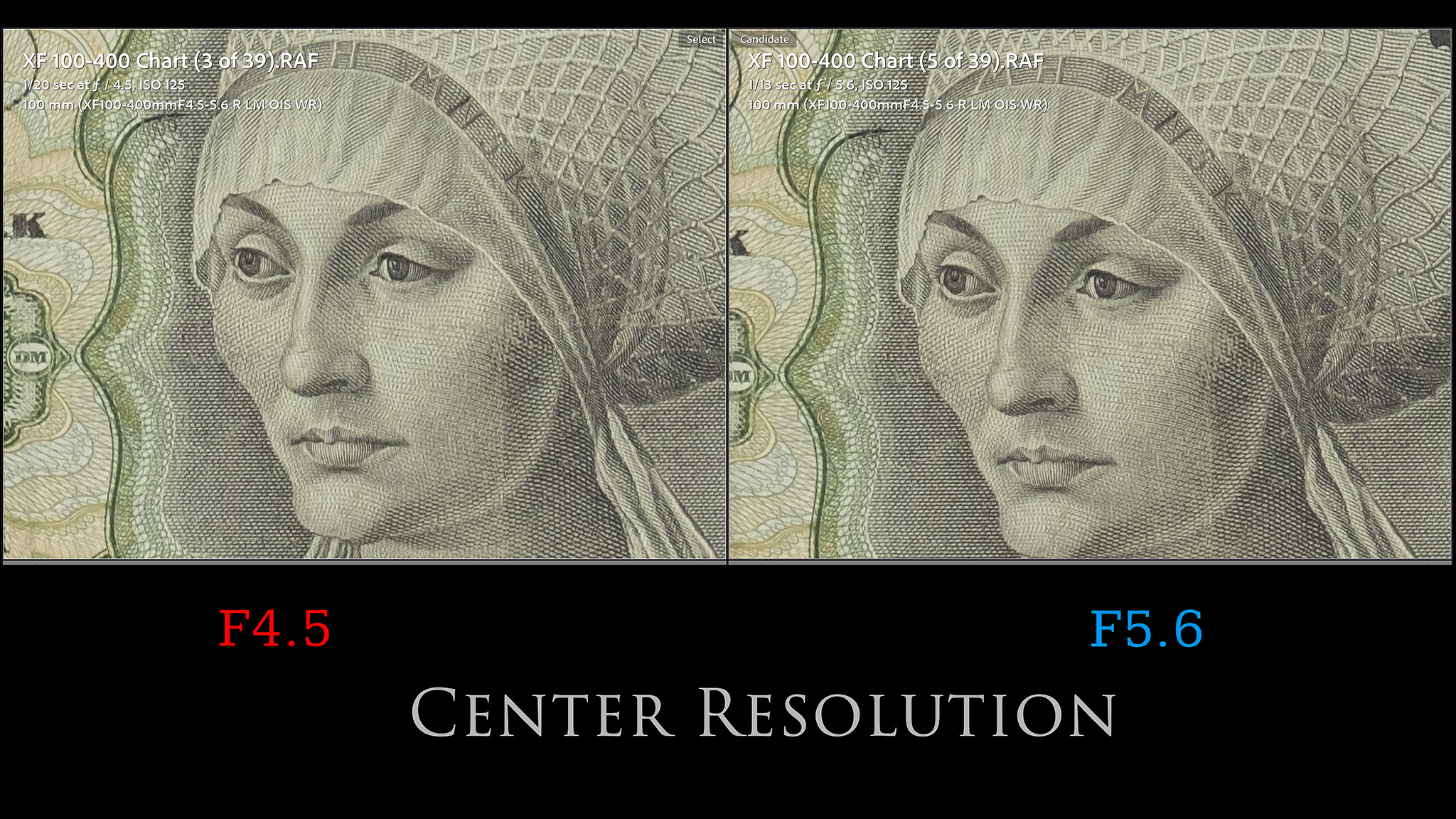
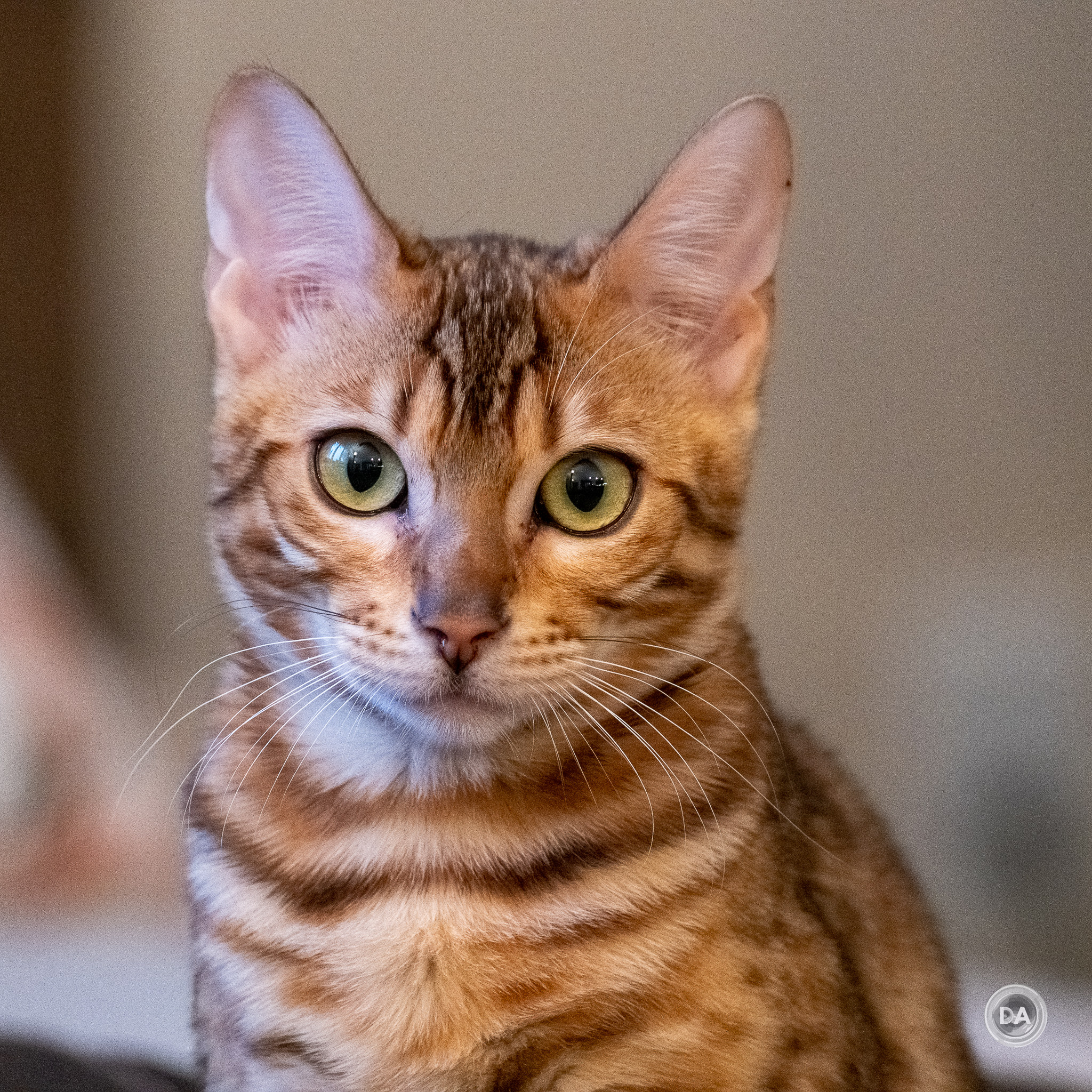
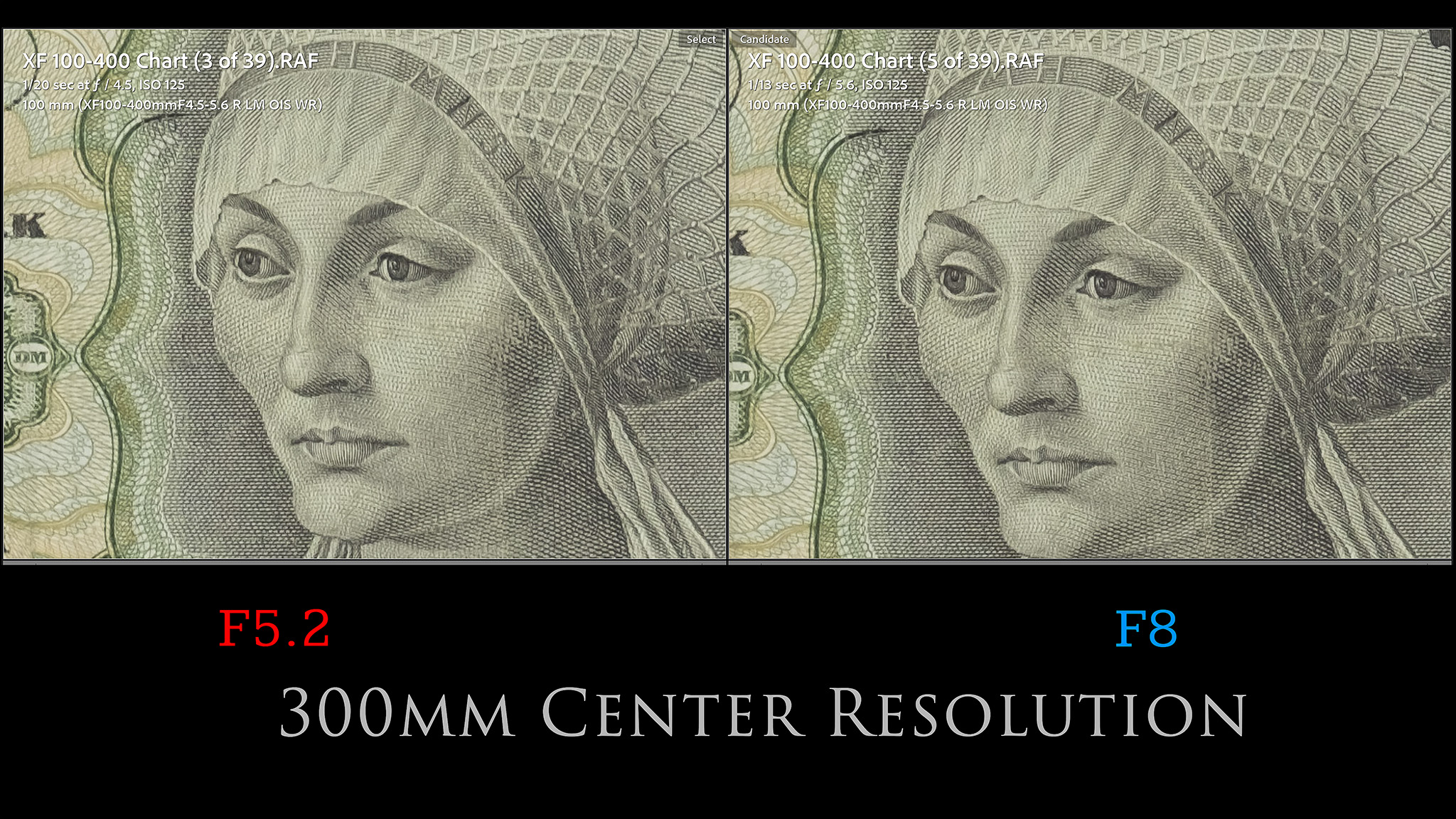



















 Nikkor Z 35mm F1.2 S Review
Nikkor Z 35mm F1.2 S Review  Kase AF 85mm F1.4 Review
Kase AF 85mm F1.4 Review  Fujifilm X-Half Review
Fujifilm X-Half Review  Nikkor Z 35mm F1.8 S Gallery
Nikkor Z 35mm F1.8 S Gallery 


